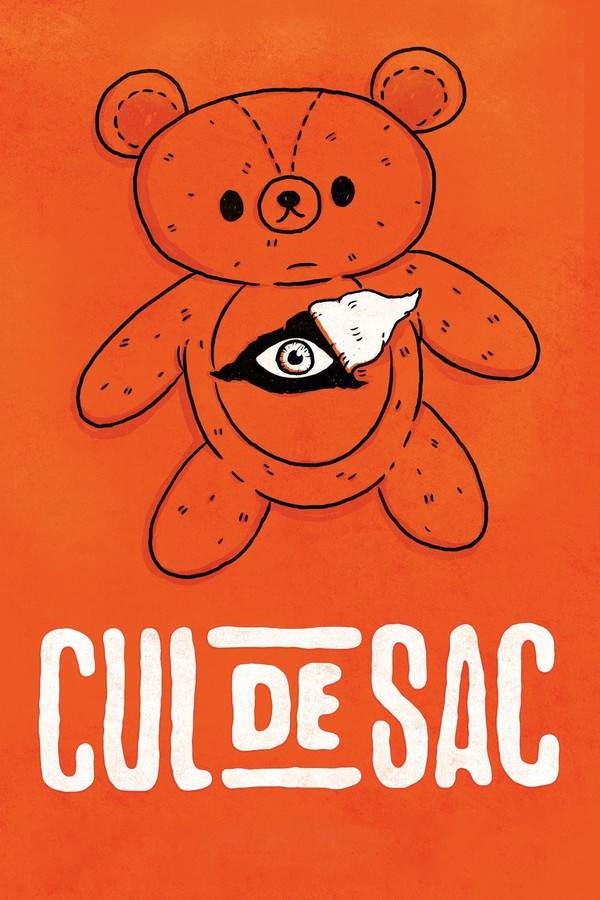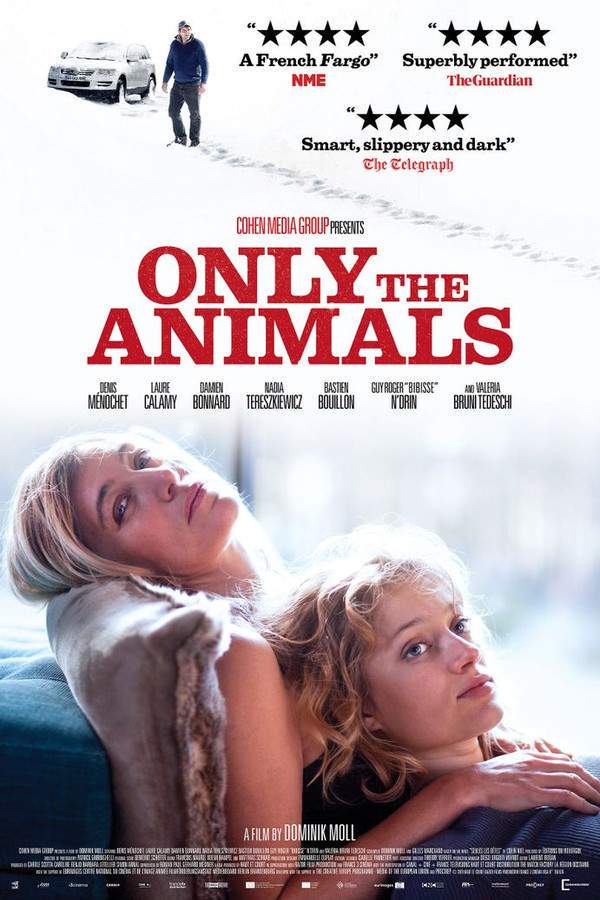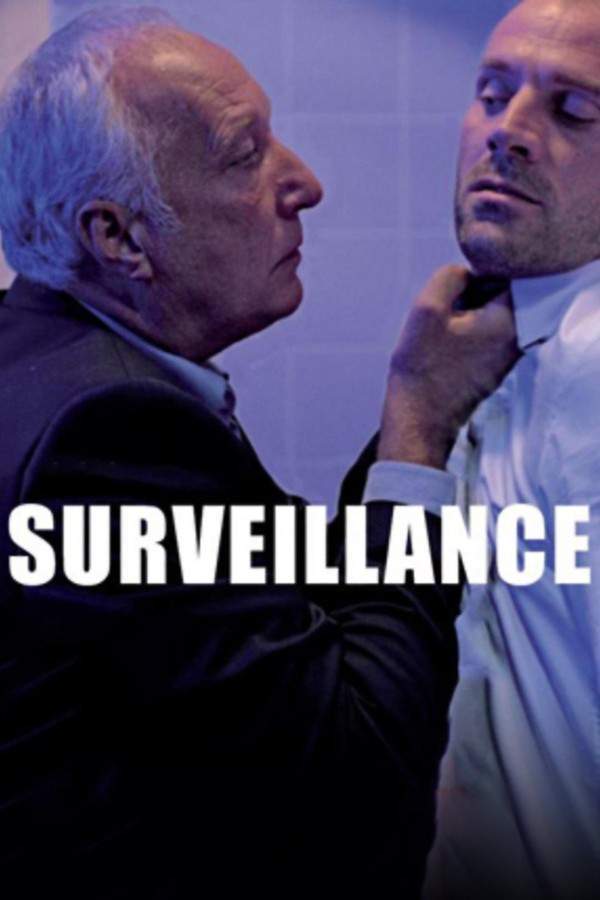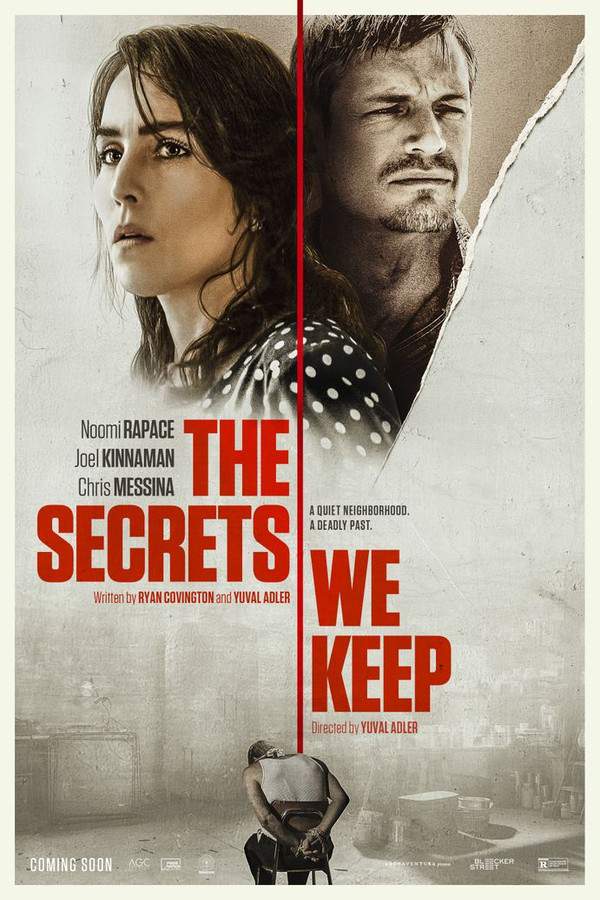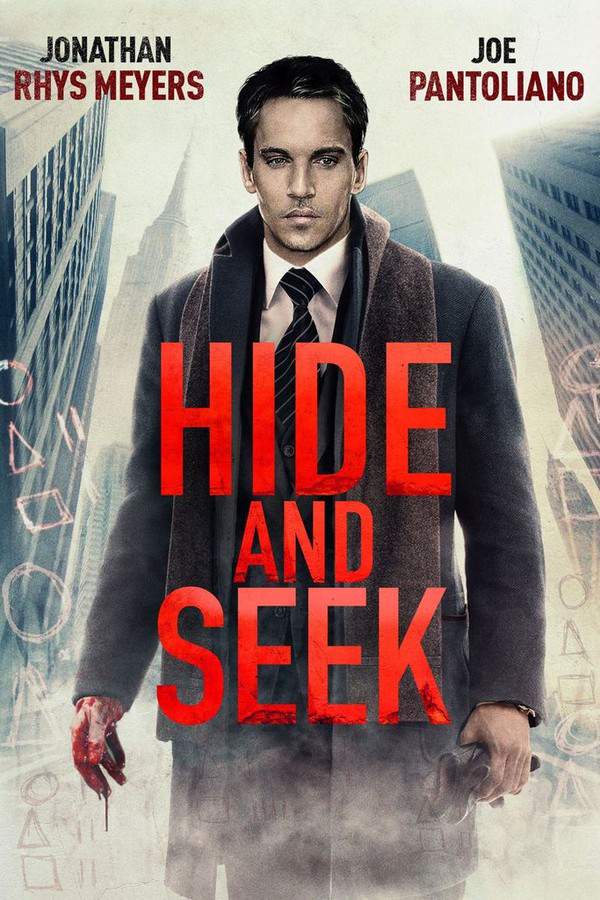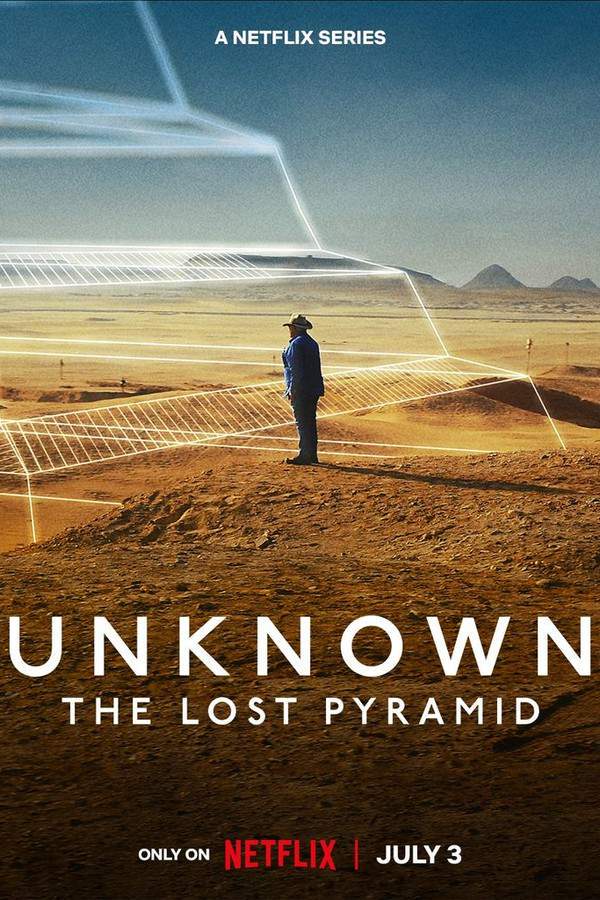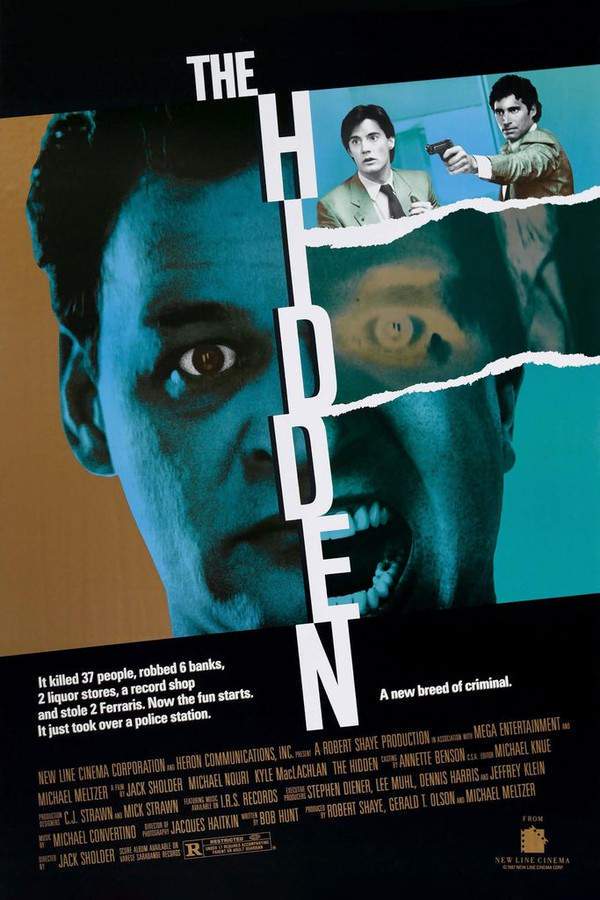
Caché (Hidden) 2005
Directed by

Michael Haneke
Made by
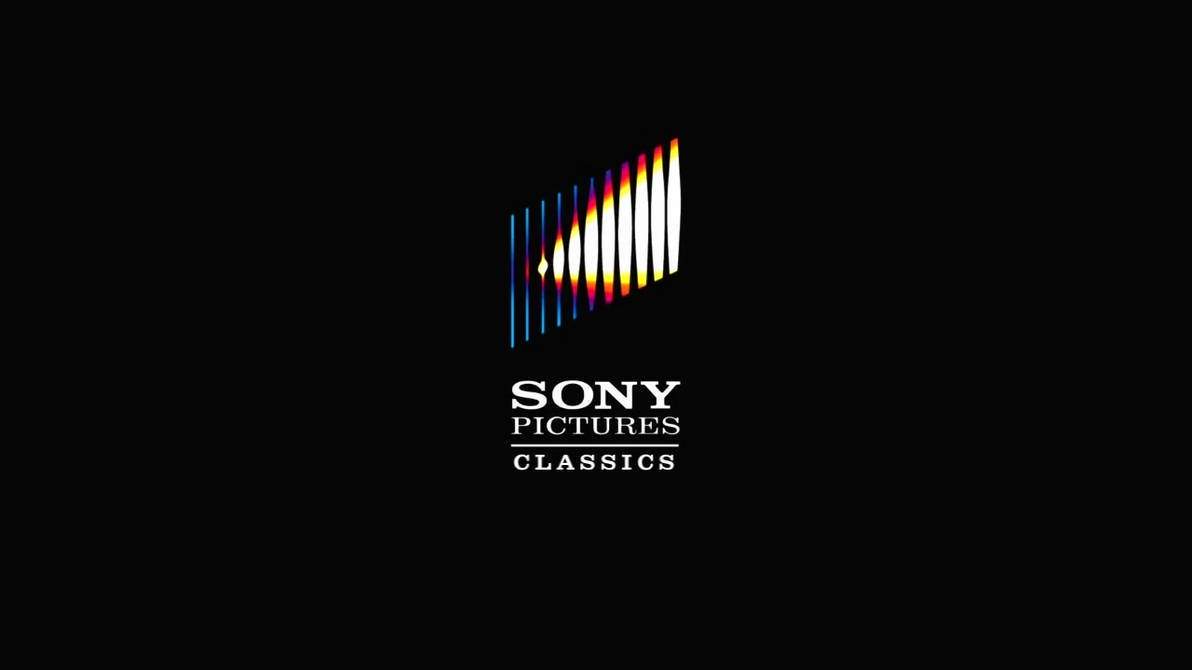
Sony Pictures Classics
Test your knowledge of Caché (Hidden) with our quiz!
Caché (Hidden) Plot Summary
Read the complete plot summary and ending explained for Caché (Hidden) (2005). From turning points to emotional moments, uncover what really happened and why it matters.
The film begins with an extensive and captivating static shot of a lavish residential street in Paris, gently pulling viewers into the unfolding mystery. It soon becomes evident that this seemingly innocuous scene is actually a recording displayed on a television set. An upscale Parisian family unexpectedly discovers this enigmatic videotape left at their doorstep, leading to a series of unsettling events. The tape captures hours of footage showing the exterior of their home, yet the origin and purpose of this recording remain shrouded in secrecy, leaving the family puzzled and anxious.
At the center of this unsettling narrative is Georges Laurent, portrayed by Daniel Auteuil, a prominent television presenter known for his literary program that boasts a large and devoted audience. He is married to Anne played by Juliette Binoche, and together they share a son named Pierrot, portrayed by Lester Makedonsky. The couple finds themselves increasingly anxious about the sinister implications of the videotape, grappling with the possibility that it may have originated from their son, one of his friends, or even a zealous fan of Georges.
As the story unfolds, a second tape arrives the following day, deepening the family’s unease. Much like the first, this tape features a nighttime recording of their home, but this time, it is accompanied by a disturbing image—a childlike drawing of a boy with blood trickling from his mouth. Seeking guidance, Georges and Anne approach the police, only to be met with indifference; the authorities inform them that, in the absence of a direct threat, they have little recourse. Frustrated and alarmed, the couple navigates the tension that arises, only to find their normal life disrupted.
As the tension escalates during a dinner with friends, Georges steps outside to investigate a doorbell ring, only to find an empty street. In a moment of anger, he shouts into the darkness, “Show up, you coward.” This confrontation leads to further revelations when a new tape emerges, showing someone driving through a rain-soaked countryside toward a long-abandoned manor house, which Georges recognizes as his childhood home. Upon visiting, he discovers his frail mother, played by Annie Girardot, and learns about a boy named Majid, whom his family nearly adopted when Georges was a child.
Haunted by nightmares linked to the past, Georges’s world continues to spiral as he tries to piece together the growing mystery. The plot takes a darker turn when another tape reveals footage from outside a low-income housing apartment and culminates in a vehement argument between Georges and Anne over trust and secrecy. This opens the door to the confrontation with Majid, now a troubled man, who Georges believes may be behind the harrowing tapes. The emotional weight of Georges’s past, intertwined with his childhood lies, serves as a catalyst for the events that unfold.
The relationship between Georges and Majid intensifies, unveiling the traumatic layers of Georges’s childhood behavior that led to Majid’s tragic fate. As the Laurent family grapples with their escalating fears—the mysterious disappearance of Pierrot pushes them further into despair—Georges’s confrontation with Majid culminates in a shocking moment when Majid takes his own life, leaving Georges to wrestle with the gravity of his actions and their consequences.
In the aftermath of this tragedy, Georges finds himself spiraling deeper into his conscience, haunted by memories of lies he told to prevent Majid’s adoption and the subsequent impact it had on Majid’s life. The emotional fallout is palpable as Anne demands the truth, pushing Georges to confront the ghosts of his childhood—a burden he had long buried.
As the threads of the story intertwine, the film closes on a poignant scene that highlights the innocence of youth despite the complexities of their families’ histories. The unspoken connection between Pierrot and Majid’s son hints at a fragile hope that, in the cycle of secrets and pain, perhaps understanding and empathy can emerge. The final shot lingers on the boys, capturing a moment of quiet camaraderie, suggesting that the passage of time may offer a chance for healing amidst the scars left by the past.
Caché (Hidden) Timeline
Follow the complete movie timeline of Caché (Hidden) (2005) with every major event in chronological order. Great for understanding complex plots and story progression.
Mysterious Tape Arrival
The film begins with a static shot of a residential street in Paris, which is later revealed to be a recording on a television. An affluent family receives a mysterious videotape left on their doorstep, containing hours of footage showing the exterior of their home.
Second Tape Delivery
The following day, the family receives another tape, this time recorded at night. Along with the tape, they find a paper wrapped around it featuring a childlike drawing of a boy with blood streaming from his mouth, raising further concern about the sender's intentions.
Police Involvement
Frustrated by the tapes, the couple decides to visit the police to report the incidents. However, they are told that without any actual threat, there is little they can do. This leaves them feeling even more anxious and uncertain about the situation.
Dining Dilemma
During a late-night dinner with friends, Georges opens the door for an unexpected visitor but finds no one there. Irritated by the ongoing situation, he plays yet another tape, which shows a car driving towards a manor, further intensifying the mystery.
Journey to Childhood Home
The tape leads Georges to his childhood home, where he finds his elderly mother, who is unwell. During their conversation, he inquires about a boy named Majid, whom his family almost adopted, but his mother has no recollection of him, prompting Georges to feel troubled.
Nightmare Revelation
That night, Georges experiences a disturbing nightmare involving a child beheading a chicken outside his childhood home. This unsettling dream seems to connect to the source of the videotapes, heightening his sense of dread and guilt.
Confrontation with Majid
Driven by suspicion, Georges visits the apartment of Majid, the boy from his past. Majid recognizes Georges but denies sending the tapes, causing tension as Georges accuses him of harassing his family, revealing deep-rooted resentment.
Piecing the Past
After their confrontation, Anne discovers that the incident was recorded and sent to them. Georges reluctantly reveals his troubling childhood memories regarding Majid, shedding light on the painful truth of their past.
Pierrot's Disappearance
Tensions escalate when Georges and Anne's son, Pierrot, goes missing. Panicking, they contact his friends and the police, turning their family’s already strained situation into a crisis that shakes their stability even further.
Majid's Suicide
Georges is called back to Majid's apartment under the pretense of explaining the tapes. In a shocking turn of events, Majid takes his own life in front of Georges, overwhelming him with guilt and regret, while Georges chooses to keep this tragedy from the police.
Unraveling Childhood Secrets
After Majid’s death, Georges confesses to Anne about his childhood actions that led to Majid being sent to an orphanage. He reveals how jealousy and resentment toward Majid's presence in his life motivated him to lie to protect his status.
Majid's Son’s Confrontation
The next day, Georges is confronted by Majid's son, who seeks answers. The son claims he is not responsible for the tapes, stirring disbelief and anger in Georges, who wrongly assumes the son has continued his father's legacy of harassment.
Haunting Dreams
Later, Georges faces a haunting dream where he witnesses a confrontation from his childhood involving Majid being taken away by force. This dream intensifies his sense of guilt and unresolved issues stemming from their shared past.
Final Encounter
In the closing scene, Pierrot and Majid's son are seen together outside of Pierrot's high school, speaking to each other in a light-hearted manner. This moment symbolizes a potential for reconciliation and understanding between the two families affected by the past.
Caché (Hidden) Characters
Explore all characters from Caché (Hidden) (2005). Get detailed profiles with their roles, arcs, and key relationships explained.
Georges Laurent (Daniel Auteuil)
Georges is a successful television presenter whose life is disrupted by anonymous videotapes that reveal hidden truths about his past. He embodies the complexity of guilt and denial, struggling to confront his childhood actions that have haunting repercussions. His arrogance and defensiveness lead to strained relationships, especially with his wife Anne as he wrestles with the consequences of his choices.
Anne Laurent (Juliette Binoche)
Anne is Georges' supportive wife, who becomes increasingly unsettled by the anonymous surveillance of their family. Her character expresses a deep concern for their son Pierrot and yearns for openness and honesty from Georges. As tensions rise, her frustration with Georges' secrets showcases her vulnerability and desire for familial stability.
Majid (Maurice Bénichou)
Majid is the Algerian boy who was nearly adopted by the Laurents, representing the shadows of Georges' past. His life was profoundly affected by the choices made by Georges as a child, and this unresolved guilt drives the tension in the narrative. His character portrays the pain and struggle stemming from historical injustices and personal betrayal.
Caché (Hidden) Settings
Learn where and when Caché (Hidden) (2005) takes place. Explore the film’s settings, era, and how they shape the narrative.
Time period
1960s, present day
The film's narrative unfolds in two distinct time periods: the present day, where the Laurent family faces their mysterious tormentor, and flashbacks to the 1960s which highlight significant historical events in France, including the tragic Algerian demonstration in Paris on October 17, 1961.
Location
Paris, Romainville, France
The movie primarily takes place in Paris, known for its rich culture and history. The Laurent family's upscale residential neighborhood represents the affluent yet fragile facade of their lives. Romainville is also featured, providing a stark contrast with its low-income housing, symbolizing socio-economic disparity.
Caché (Hidden) Themes
Discover the main themes in Caché (Hidden) (2005). Analyze the deeper meanings, emotional layers, and social commentary behind the film.
🔍
Guilt
Guilt permeates the film as Georges grapples with his past actions towards Majid, which have far-reaching consequences. The arrival of the videotapes serves as a constant reminder of the unresolved issues from his childhood, forcing him to confront the impact of his lies. The theme of guilt is central to the emotional turmoil experienced by the characters.
🎭
Identity
Identity is explored through the contrasting lives of Georges and Majid, showcasing how their past shapes their present realities. The characters' relationships and the secrets they hold are central to their identities, leading to a profound examination of how choices and circumstances define who they are. This theme deepens the narrative, making it a reflection on personal and collective identity.
📺
Surveillance
Surveillance serves as a haunting motif in the film, symbolizing the pervasive nature of watching and being watched. The videotapes not only invade the Laurent family's privacy but also act as a metaphor for the unresolved traumas of the past. This theme raises questions about accountability and the consequences of one’s actions on others.

Coming soon on iOS and Android
The Plot Explained Mobile App
From blockbusters to hidden gems — dive into movie stories anytime, anywhere. Save your favorites, discover plots faster, and never miss a twist again.
Sign up to be the first to know when we launch. Your email stays private — always.
Caché (Hidden) Spoiler-Free Summary
Discover the spoiler-free summary of Caché (Hidden) (2005). Get a concise overview without any spoilers.
In a sun‑washed Parisian suburb, a seemingly ordinary family lives a routine marked by professional success and quiet domesticity. Georges is a charismatic television executive whose literary program enjoys a loyal audience, while his wife Anne balances the household with a calm, observant presence. Their son, Pierrot, adds the gentle buzz of childhood to an otherwise orderly world, and the couple’s life feels comfortably insulated from the city’s inevitable turbulence.
That fragile equilibrium is shattered when an unmarked videotape appears on their doorstep, its grainy footage capturing the exterior of their own home from a hidden perspective. The anonymous recording, followed by a second tape featuring an unsettling child’s drawing, plants the seeds of unease and raises questions about surveillance, privacy, and the unseen eyes that might be watching. The couple’s professional backgrounds—Georges’s career in media and Anne’s practical sensibility—frame their reactions, turning the ordinary mystery into a personal intrusion that feels both intimate and invasive.
The film’s tone is deliberately measured, allowing tension to build through lingering camera work, muted color palettes, and a pervasive sense of observation. As the couple spirals into cautious speculation, their dialogue becomes a dance between denial and curiosity, exposing cracks in their communication and the subtle power dynamics that underlie their partnership. The quiet dread that settles over their home is amplified by the stark contrast between the ordinary rhythm of daily life and the uncanny presence of the unseen recorder.
Through restrained pacing and an atmosphere thick with anticipation, the story invites the audience to share in the couple’s growing paranoia. Every unanswered question, every whispered conjecture, heightens the feeling that something familiar has been turned on its head, leaving viewers to wonder what lies beneath the surface of a life that once seemed completely known.
Can’t find your movie? Request a summary here.
Movies with Similar Twists and Themes
Uncover films that echo the narrative beats, emotional arcs, or dramatic twists of the one you're exploring. These recommendations are handpicked based on story depth, thematic resonance, and spoiler-worthy moments — perfect for fans who crave more of the same intrigue.
Featured on this page

What's After the Movie?
Not sure whether to stay after the credits? Find out!
Explore Our Movie Platform
New Movie Releases (2025)
Famous Movie Actors
Top Film Production Studios
Movie Plot Summaries & Endings
Major Movie Awards & Winners
Best Concert Films & Music Documentaries
Movie Collections and Curated Lists
© 2025 What's After the Movie. All rights reserved.


